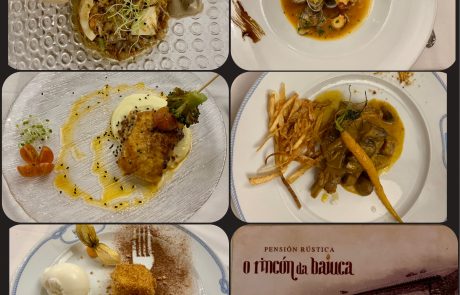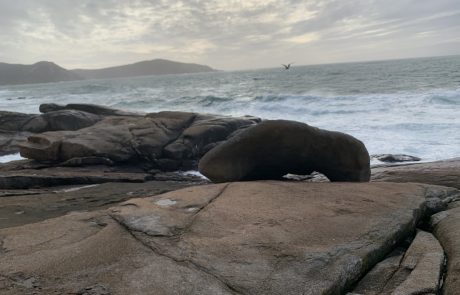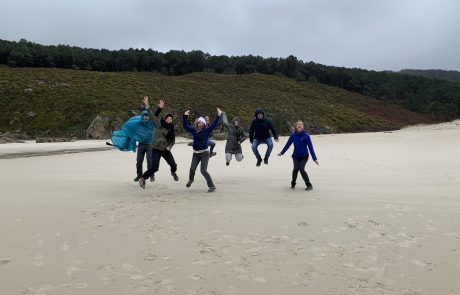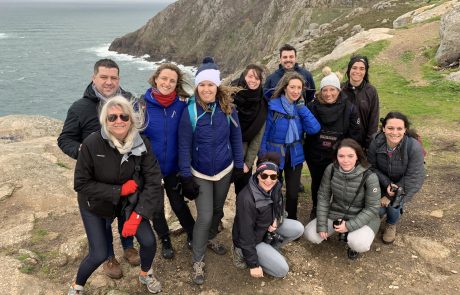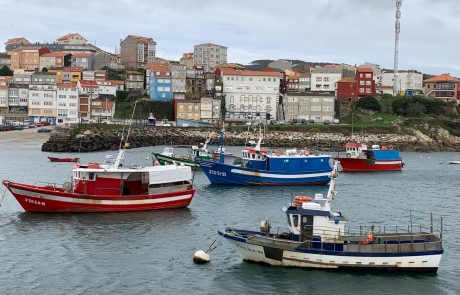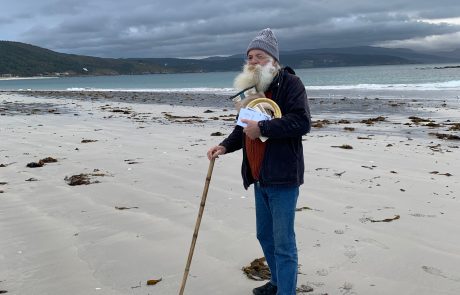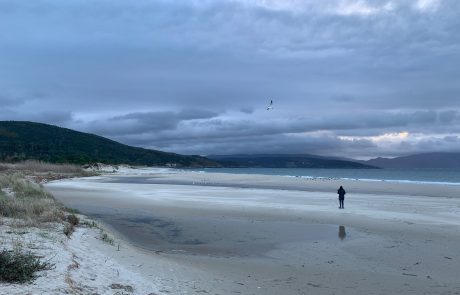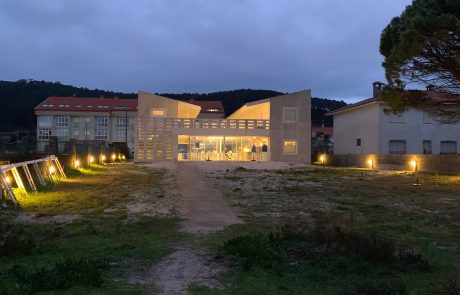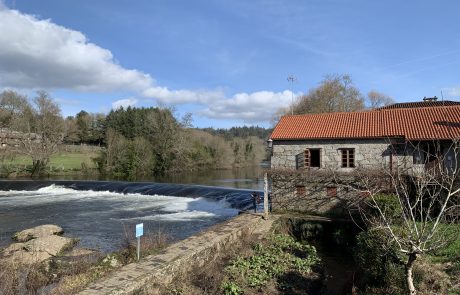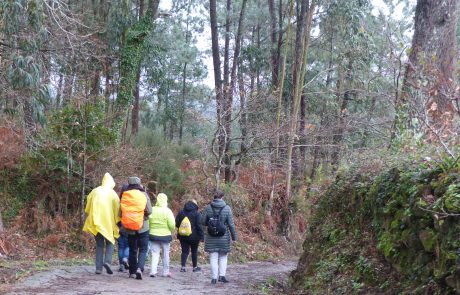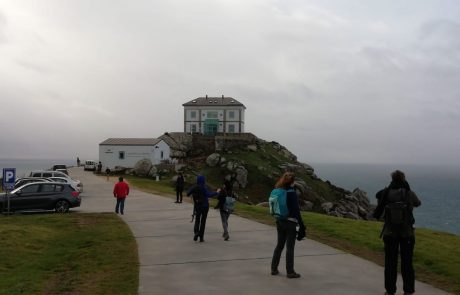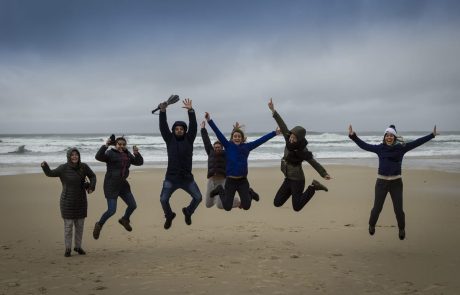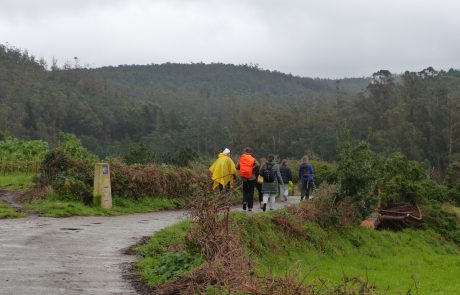The Way Fisterra to Muxía
Not traditionally known as part of The Camino
Santiago de Compostela is approximately 90km away from Fisterra/Muxía. Although it is not traditionally considered part of The Camino many pilgrims decide to extend their journey to the “Costa da Morte”. The route passes through remote and hilly villages, and finishes at the west coast of Spain. This route will warm your heart with spectacular scenery, rich legends and history that will complete and compliment your journey.
The 1st stage of this walk sees you leaving Santiago de Compostela from Praza do Obdoiro . The route goes through the Carballeira de San Lourenzo, just by the old monastery of San Lourenzo de Trasouto, and continues through Augapesada, Alto do Mar de Ovellas, until you reach Ponte Maceira (a great 13th century bridge) and its famous mills. The stay over at Ponte Marceira has a quiet oasis feel with a taste of Spanish rustic charm.
As we leave Ponte Maceira on the 2nd stage we continue through Negreira (Pazo de Cotón and the Church of San Mauro) to arrive at A Pena. We continue walking to reach the village of Piaxe, and following the path through Cornovo, we later go over the “rego of Foxan” (stream) and cross Vilaserío until you end the journey in Marco do Cornado for the day.
The 3rd stage leaves Marco do Cornado and continues through Santa Mariña das Maroñas with its Romanesque church and its hórreos (granaries). You will pass many historic crossroads on the Jacobean Extension to Fisterra. The crossroads are blessed by beautiful old crosses. These crosses are typically mounted on a cylindrical pillar atop stone stairs. One side of the cross offers Christ in a majestic pose while on the other side a crucified Jesus is observed . You will then reach and stay in Marco do Couto.
As you leave Marco do Couto for the 4th Stage you will find the sanctuaries of Nosa Señora das Neves and San Pedro Mártir, each with its holy spring. The road then reaches the villages of Cee, Corcubión (listed as a historical and artistic site) and Sardiñeiro. The day ends in Fisterra.
I highly recommend that you stay at hotel Bela Fisterra https://www.belafisterra.com/ for the night. Bela Fisterra is a new hotel in Fisterra dedicated to the universal literature of the sea, it is the first of its kind in Galicia. In it you will enjoy the best accommodation in Fisterra where you will find direct access to the beach, nature, and culture, a real pleasure of the senses.
The lighthouse is reached through a small road from the village of Fisterra. On the way you will enjoy impressive views of the coastline and the Corcubión Estuary. Near the lighthouse you can visit the municipal cemetery, an innovative construction designed by architect César Portela. Moving away from traditional concepts, this cemetery, located on the edge of the coast, is formed of cubic shapes. It is worth continuing the climb up Mount Facho, as on its peak you will find the remains of the shrine dedicated to Saint William. Of particular interest is the place known as “Cama de San Guillermo” (Saint William’s Bed), a pit excavated in the rock, about the size of a human body. According to local legend, the women of the area came to this place to beg the Saint for fertility.
The starting point for the 5th Stage is the church of Santa María das Areas and its Gothic cross. You then pass through the village of Fisterra, Val de Duio, Suarriba, Castrexe, Padrís, Canosa and finally arrive in Lires.
The 6th Stage and the final stage departing point is Lires. From Lires, you travel to Vaosilveiro, Frixe, Guisamonde, Morquintián, Monte Facho, Praia de Lourido, the village of Muxía and arrive in the sanctuary of Nosa Señora da Barca and its holy stones: the “rocking stone” and the “kidney stone”. People have for years been coming here in the hope of healing any back problems.
It is recommended that you stop or even stay at “O Rincón da Baiuca” which is an old farmhouse located in A Baiuca, at the entrance of Muxía, in the heart of Costa da Morte. In addition to being a farmhouse, it used to have a small tavern. https://orincondabaiuca.com/
When you arrive in Fisterra or Muxia, you can obtain a special Muxia-Fisterra Pilgrimage Certificate!


